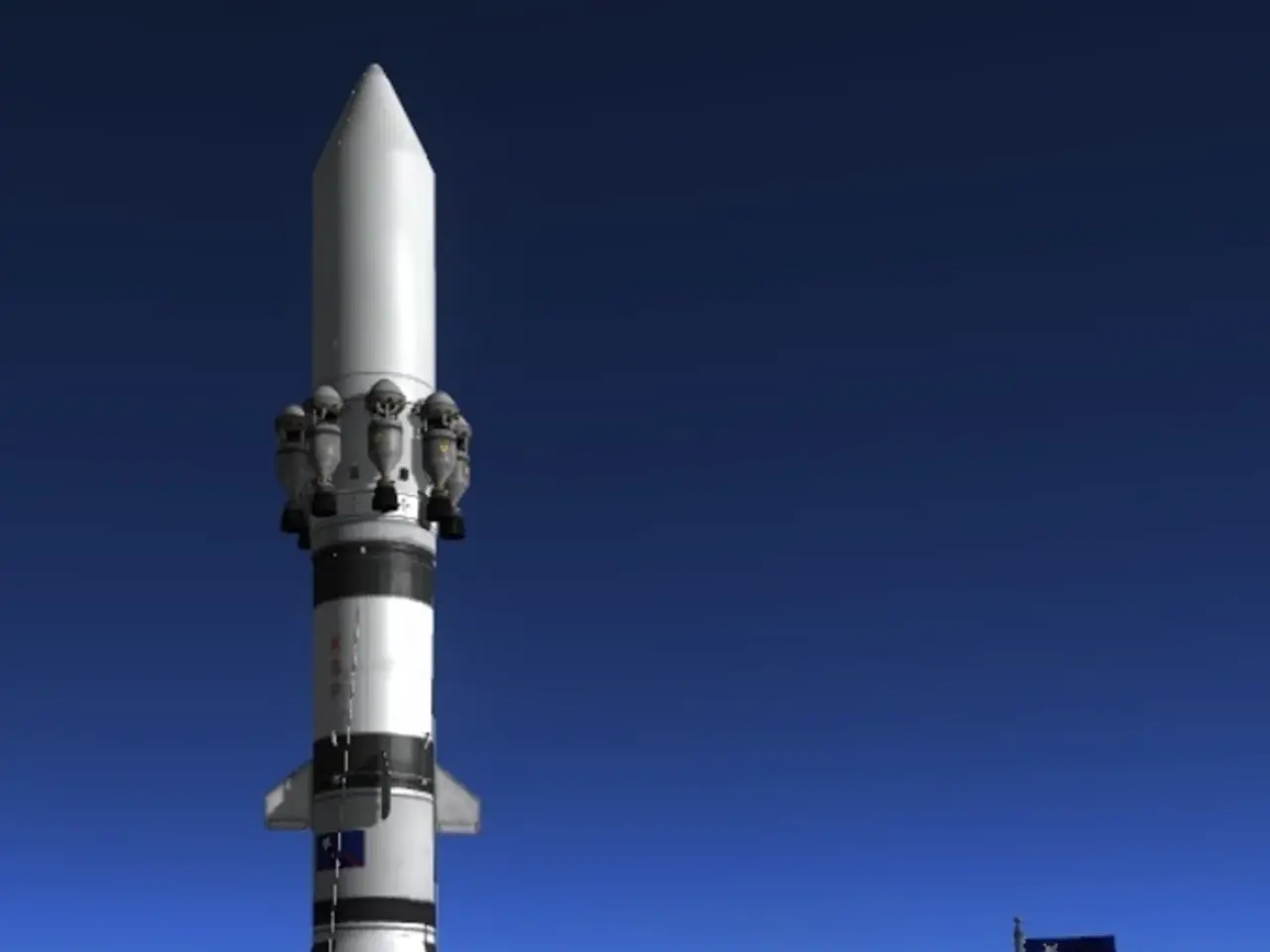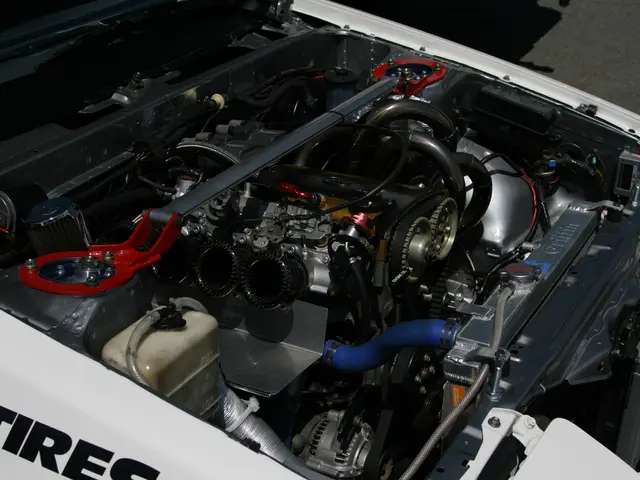China's Race for Reusable Rockets Threatens SpaceX's Starlink Dominance
Chinese private firms are racing to develop larger, reusable rockets capable of deploying broadband megaconstellations, potentially challenging SpaceX's Starlink dominance. This follows China's expansion into medium Earth orbit and increased satellite activity, raising concerns about its rapid development and potential military applications.
China Academy of Launch Vehicle Technology (CALT) is at the forefront of this effort, planning a fully reusable heavy-lift rocket, CZ-9, inspired by SpaceX's Starship. This move could significantly reduce launch costs and accelerate satellite deployment, potentially rivaling Starlink's current lead.
China's recent activities include launching multiple TJS satellites this year, an unusual increase, and sending the Yaogan 45 remote sensing satellite into medium Earth orbit, previously dominated by the U.S. Additionally, China has demonstrated advanced capabilities with an in-orbit refueling operation in the geostationary belt.
U.S. military officials are closely monitoring these developments, warning that China's progress could erode America's lead in space and reshape the strategic balance in orbit. The 'Redshift' report by the Commercial Space Federation echoes these concerns, highlighting the challenge posed by China's expanding commercial and civil space sector.
As China advances its reusable rocket technology and expands its satellite infrastructure, it could rapidly deploy more satellites, potentially reducing the U.S.'s current lead in space. U.S. military officials and industry experts are closely watching these developments, acknowledging the potential strategic implications and the need for vigilance.







